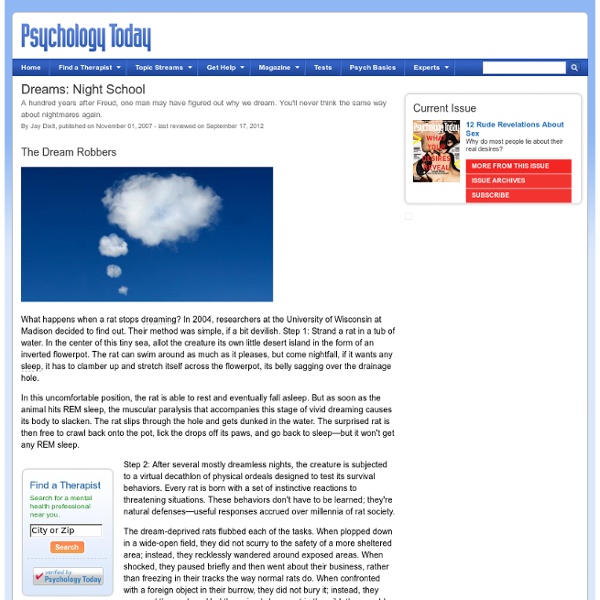Peanut Butter is Green
Save to del.icio.us — tags food peanutbutter environment Add to Stumbleupon One of the daily decisions we all face is what to eat. How do we eat well and in a way that’s good for the environment — and at the same time have meals that are easy to fix and taste good? One food that fits all this is the simple Peanut Butter and Jelly Sandwich. Eating a Peanut Butter and Jelly Sandwich instead of a grilled cheese or chicken sandwich saves 2.5 pounds of carbon dioxide emissions. I bet you didn’t realize that eating three Peanut Butter and Jelly sandwiches could have the same environmental impact as switching your showers to a low-flow shower head. This is the type of information we want to share. In addition to being better for the environment, they’re also very healthy as long as you don’t eat too much. According to the WebMD article, “It is hard to believe that something so wonderful could also be good for you.” Again, according to Bonci, the serving size is 2 tablespoons. Next Actions:
Celsius & Fahrenheit Origins
A Straight Dope Classic from Cecil's Storehouse of Human Knowledge December 15, 1989 Dear Cecil: Everybody knows 0 degrees on the Celsius scale is the freezing point of water and 100 degrees is the boiling point. — Leslie, Montreal, Quebec Cecil replies: Researchers have gone to their graves trying to figure out what old man Fahrenheit was up to, Leslie. Daniel Gabriel Fahrenheit (1686-1736) was a German instrument maker who invented the first practical mercury thermometer. Romer had decided that the boiling point of water should be 60 degrees, which at least had the strength of numerological tradition behind it (60 minutes in an hour, right?). D.G., simple soul that he was, thought this cockeyed system was the soul of elegance. By and by Fahrenheit got ready to present his scale to London's Royal Society, the scientific big leagues of the day. Later Fahrenheit established that the boiling point of water came in at 212 degrees. Now for a little bonus info. — Cecil Adams
10 Minutes Of Staring at Boobs Daily Prolongs Man's Life by 5 Years
Listen, guys, now we know why Pamela Anderson made her transplants: to make us healthier. "Angels of mercy" like Jordan just prolong our life and Hugh Hefner knows it. A German research published in New England Journal of Medicine and Weekly World News said that men staring at women's breasts in fact prolong their lives with years. "Just 10 minutes of staring at the charms of a well-endowed female such as Baywatch actress Pamela Lee is equivalent to a 30-minute aerobics work-out," said author Dr. The team led by Weatherby was made up of researchers at three hospitals in Frankfurt, Germany, and found this results after monitoring for 5 years the health of 200 male subjects, half of whom were asked to look at busty females daily, while the other half had to abstain from doing so. For five years, the boob oglers presented a lower blood pressure, slower resting pulse rates and decreased risk of coronary artery disease. "Sexual excitement gets the heart pumping and improves blood circulation.
Floating City on Venus
Hellish Venusian surface. Courtesy NASA.gov (Note: this is a part of The Space Colonization Series)When space colonization is mentioned many things come to mind: Mars, the Moon, the future, terraforming, and even occasionally asteroids. The Idea The concept is actually based on a rather simple premise--buoyancy. Bespin from the movie Star Wars: The Empire Strikes Back. Other than the extreme density of Venus' atmosphere providing buoyancy, it also provides many important resources necessary for food and oxygen. The Reason Obviously research of the planet is one simple and arguably lame reason to visit. Before the runaway greenhouse effect, was early Venus temperate? [NOTE: pdf file is currently down so to view a transcript of the file I have decided to host it here.]There are many other reasons to colonize Venus. In terms of flight time, Venus is closer to the asteroid belt than either the Earth orMars. OK, but there are still problems right? Of course there are. Related Articles:



